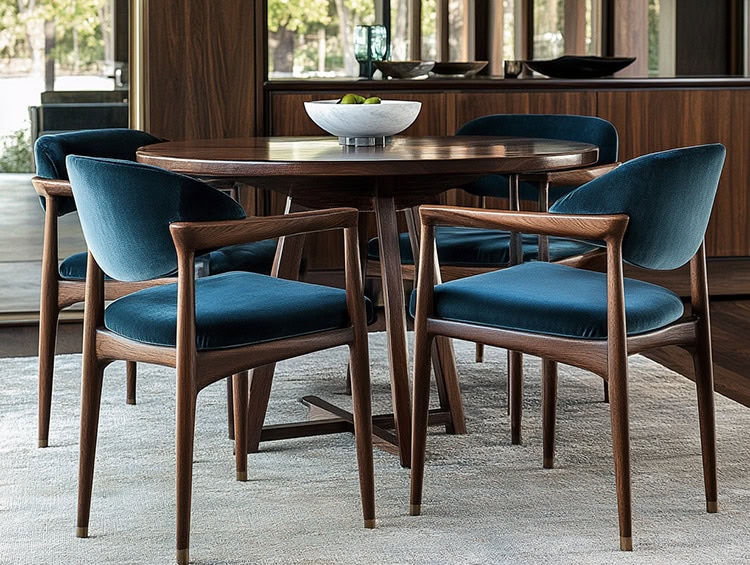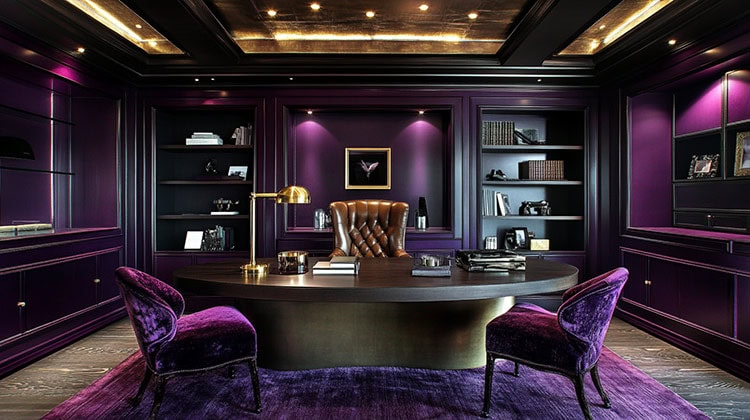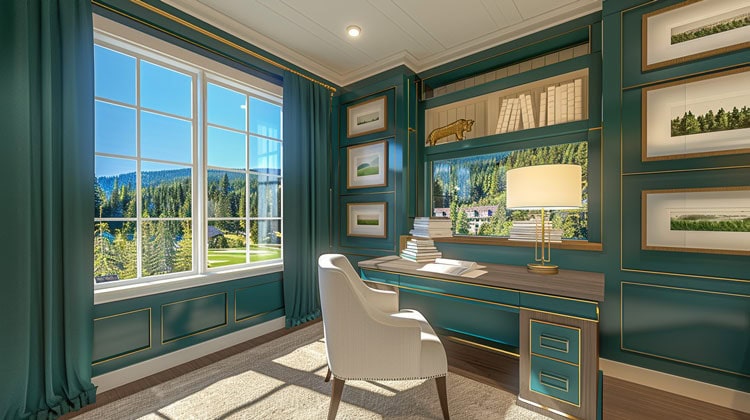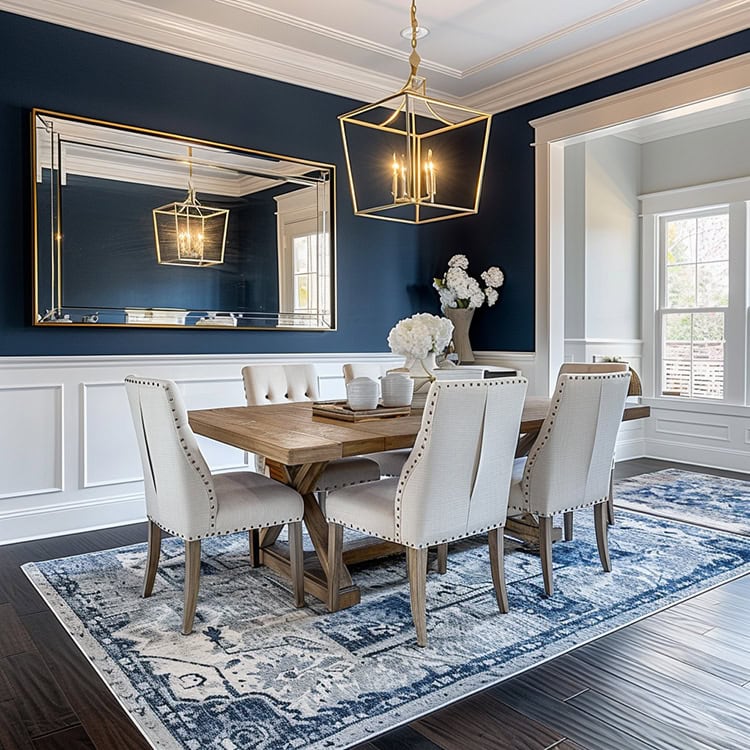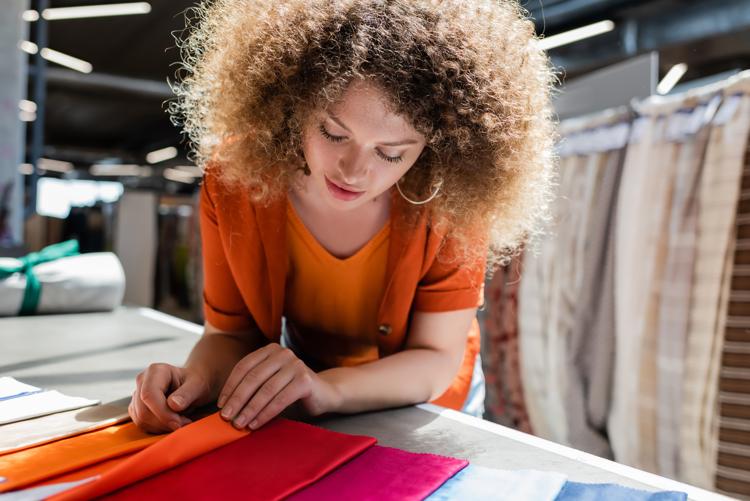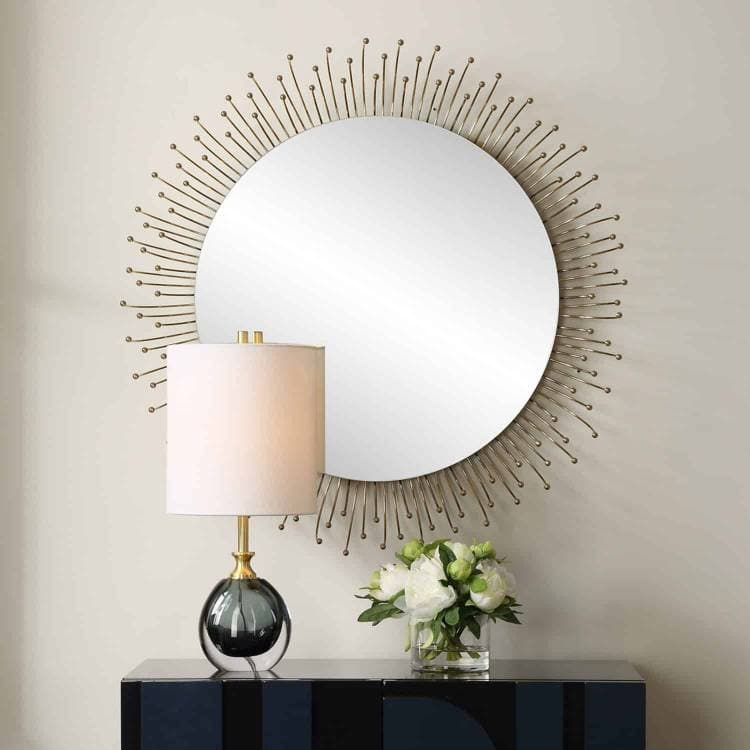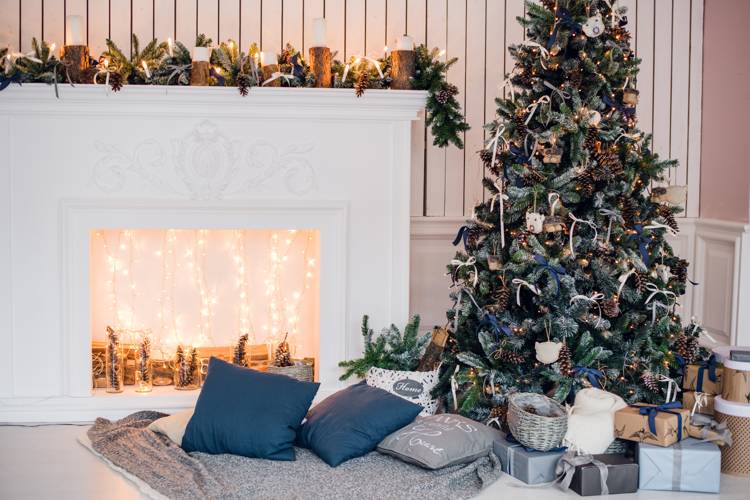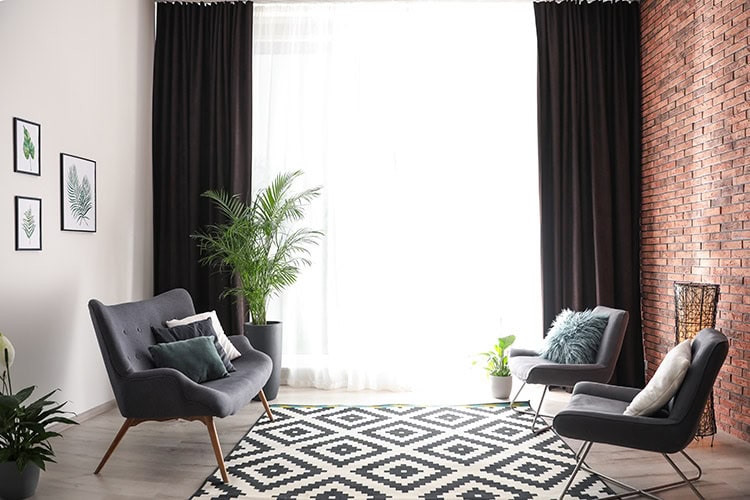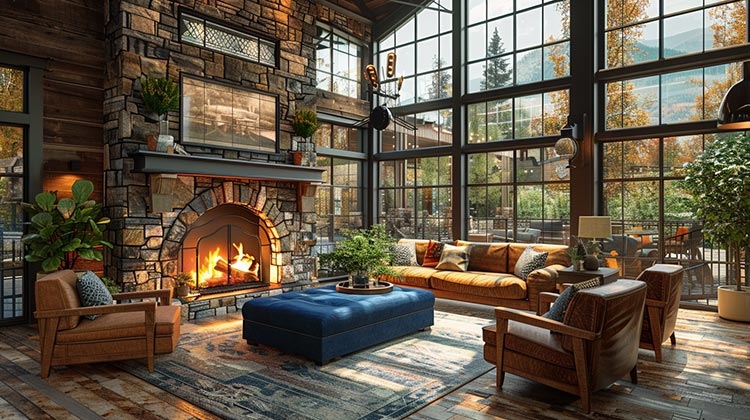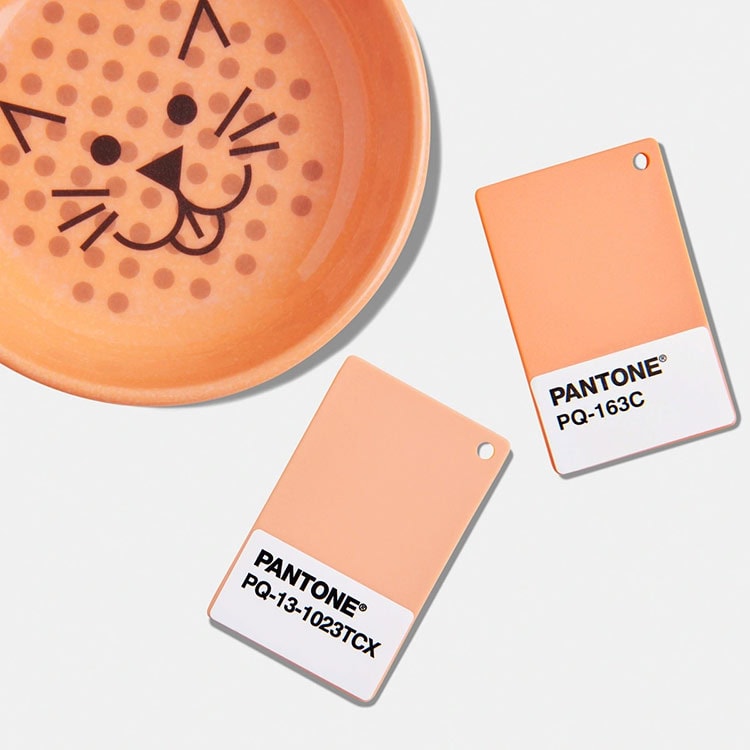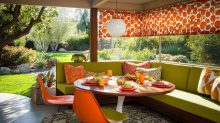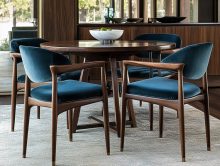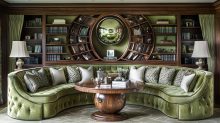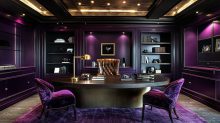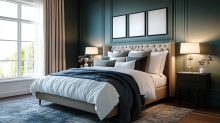One decorating trend that will never go out of style is the use of patterns. From large, bold patterns to petite, inconspicuous ones, patterns are an integral part of home decorating and design that allow us to express our personalities, change decor with the seasons, and make a statement. The right patterns can anchor a room, perk up neutrals, and of course, hide the occasional stains that can happen in the busy areas of our home.
However, with so many patterns available, it can be a challenge to remember them all. It can be even harder to describe what each one looks like when it comes time to track it down. While it’s easy to remember basic ones like stripes and florals, the list is much, much longer than that. To help you out, we’ve compiled a list of seven common patterns, their names, as well as a little bit about them.
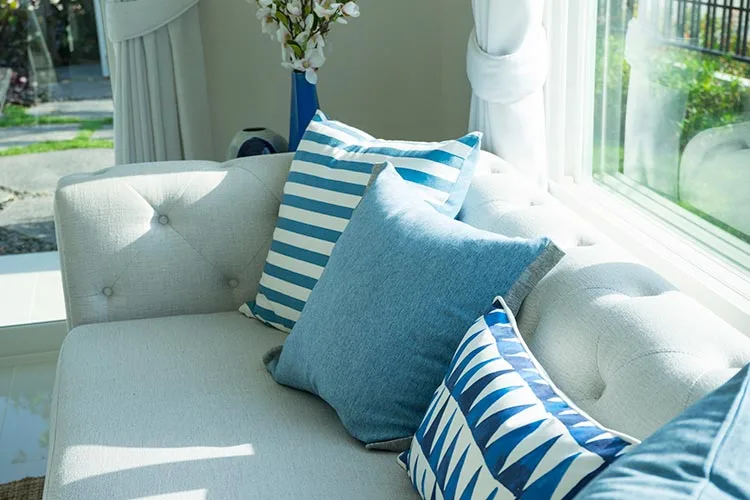
Paisley
A term in English used for the word boteh or buta, a droplet-shaped vegetable motif of Persian and Indian origin. The pattern, which resembles a twisted teardrop, became very popular in the West during the 18th and 19th centuries.
Chevron
A zigzag stripe pattern, typically in two alternating colors. It is also sometimes described as an inverted V shape. It’s fun and energetic but not as new as you might think. In fact, the pattern can be traced back to early art including designs on pottery and rock carvings as far back as 1800 B.C.
Herringbone
Known for its resemblance to the skeleton of a herring fish, the herringbone pattern is an arrangement of rectangles in a V-shaped weaving pattern usually found in twill fabric. While similar to chevron, herringbone’s pattern is on a much smaller scale and has a break at reversal. This makes it appear more like a broken zigzag, whereas chevron is continuous.
Damask
Named after the city of Damascus, Damask can be best described as a reversible figured fabric of silk, cotton, wool, linen, or synthetic fibers, with a pattern formed by weaving. The fabric is often monochromatic, featuring patterns including flowers and fruit.
Houndstooth
A two-tone pattern characterized by broken checks or abstract four-pointed shapes. In most cases, it comes in black and white, although other colors are sometimes used. While more commonly called houndstooth, this pattern is also known as dogstooth.
Gingham
Gingham is best described as a checkerboard color that features white plus another color. Often confused with checks, gingham features more white squares that lighten the intensity of the contrasting color. Although a common choice in country decor, gingham is versatile to mix well with many other decorating and design styles.
Brocade
Brocade is a heavy material woven on a Jacquard loom that is often used for upholstery, drapes, bedding, and other fabric accessories like decorative pillows. A true brocade has a raised design that looks embroidered but is actually woven into the fabric. Brocade usually features more subdued colors and is often made of silk or satin. Metallic threads or similar decorative touches are also frequently incorporated.
Toile
Meaning “cloth” in French, this sophisticated pattern (pronounced “twall”) usually features detailed pastoral scenes of the French countryside including animals, people, or nature. Typically, toile is woven cotton with chintz being the base cloth of choice.
Quatrefoil
Latin, for “four leaves” this design resembles a four-leaf clover. In the past, quatrefoil was used regularly in Gothic and Renaissance architecture. Today, however, it is a popular design for wallpaper, pillows, and window treatments.
Ikat
Ikat refers more to the weaving and dyeing of the fabric, rather than the actual pattern. Bundles of threads are bound together with a tight wrapping in the desired pattern and then dyed. The threads are then woven into the cloth once the bindings are removed.
Ogee
The ogee pattern is basically a mirror image of two elongated S shapes, which can sometimes resemble an onion. It’s a popular pattern frequently used on bedding and rugs.
Matelassé (Mat-la-SAY)
The word “matelassé” is a French term that means quilted or padded, which makes sense as this fabric is designed to have a raised pattern that appears padded, quilted, or embossed.
Cutting Corners for Patterns Galore
While these certainly aren’t all of the patterns out there to choose from, they are some of the more unique ones that are harder to remember. Now that you know a little bit more about them, however, it may be easier to seek them out when it comes time to decorate. Do you have a favorite?
We have several of these available, so take the time to browse through our beautiful selection of discount designer fabrics both in-store and online. Not only do we have a great variety of fabric, but we also have furniture and accessories to take your home decorating to new levels!

